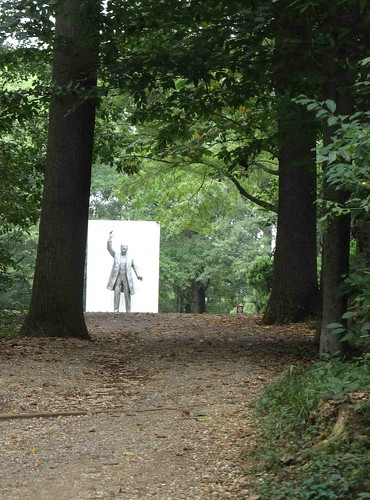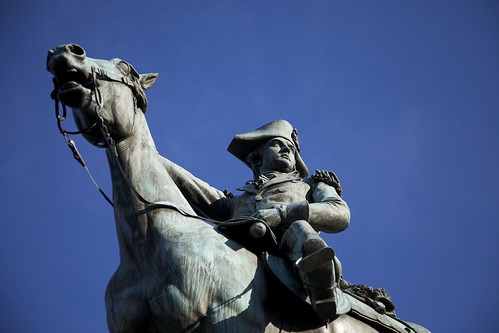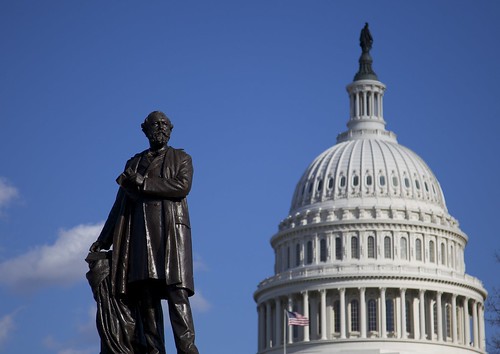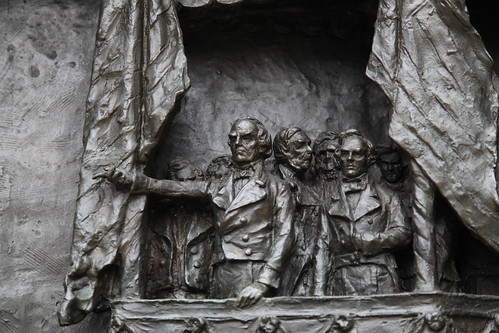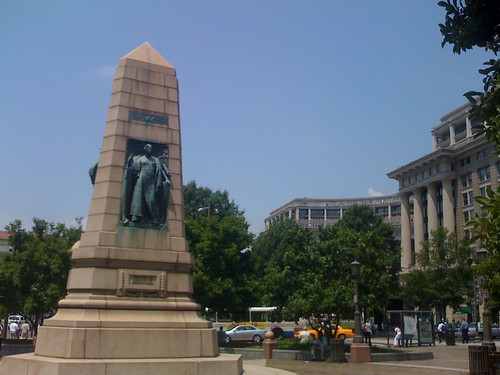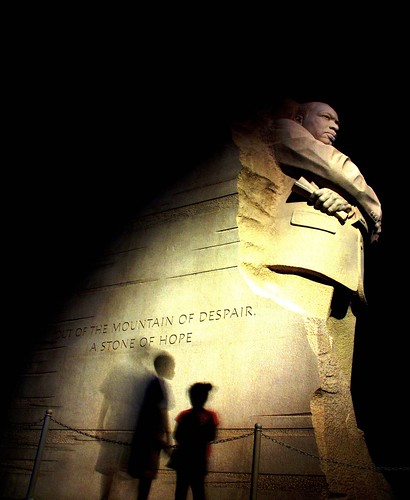
‘The ultimate measure of a man…………’
courtesy of ‘LaTur’
On Sunday (UPDATE: now sometime in September or October), the Martin Luther King Jr. National Memorial will be dedicated. As this will be the first major memorial dedicated in the Mall area since the National World War II Memorial in 2004, I thought it would be interesting to review the monument and solicit our readers’ views. For those interested in going to the dedication, the Martin Luther King, Jr. National Memorial Project Foundation has a FAQ page on the dedication ceremony and a handy walking directions pamphlet.
To quickly sum up my opinion: excellent, and long overdue, idea for a memorial, but it is poorly executed. Let me explain. I’ll be slightly kinder than Courtland Milloy but not by much and in some areas less (BTW: props to you, sir, on the Star Wars reference! Makings of a Millennial this one has.). Continue reading
